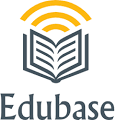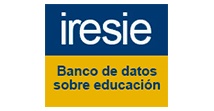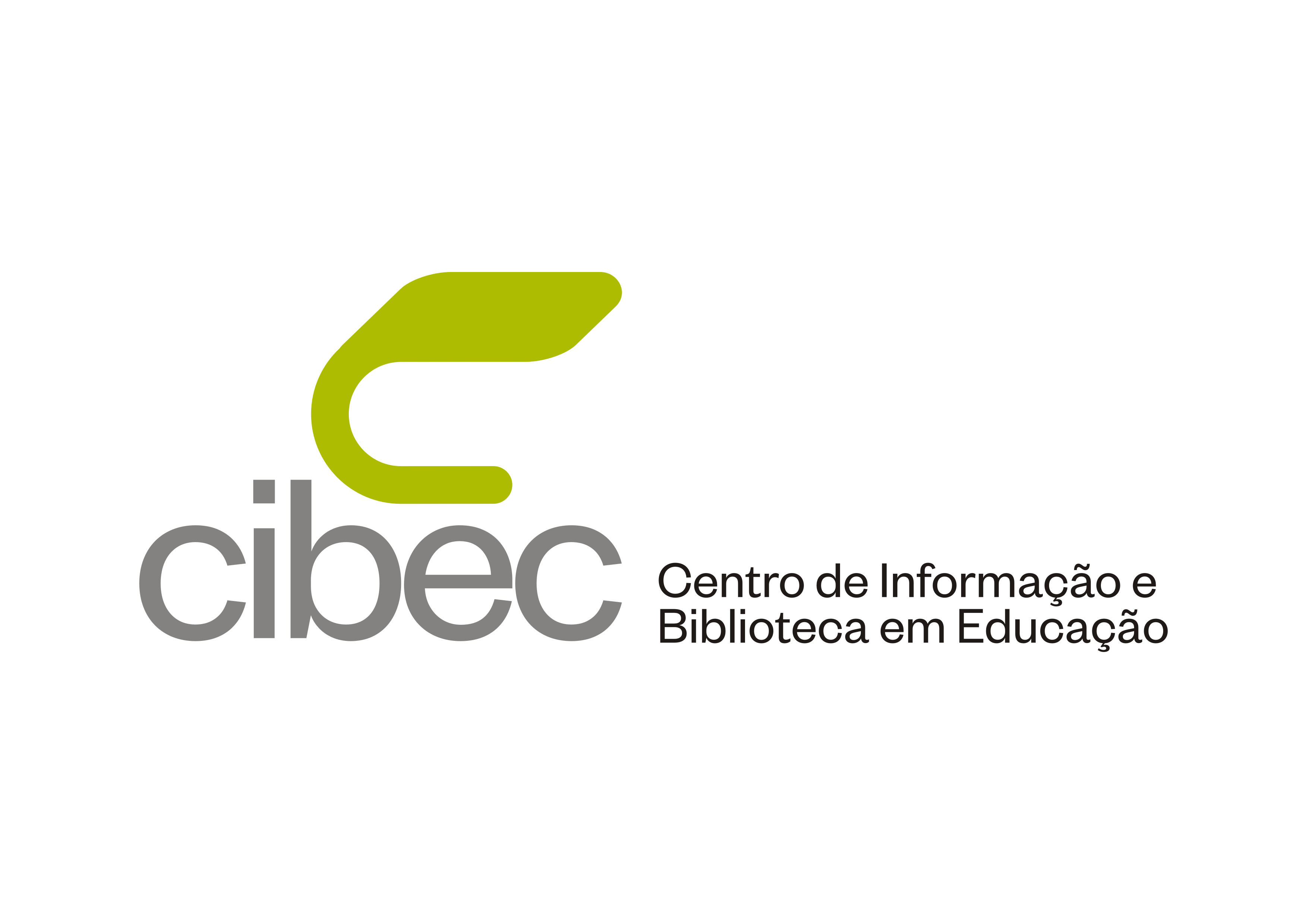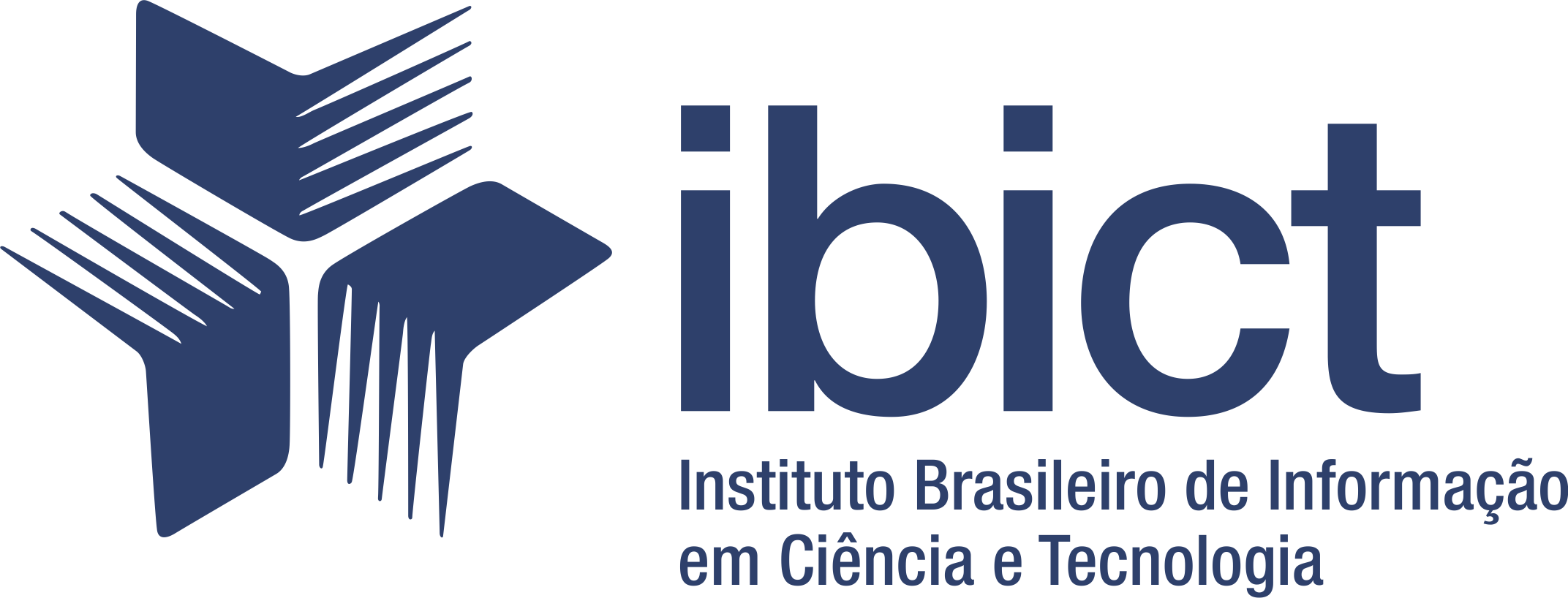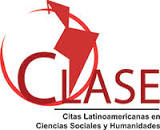REPORTS ON ‘ALTERNATIVE CLASSROOMS FOR YOUTH AND ADULT EDUCATION’ FOR PEOPLE WITH SPECIAL EDUCATIONAL NEEDS: A LOOK INTO THE PAST WITH AN EYE TO THE FUTURE
DOI:
https://doi.org/10.5216/ia.v36i2.16721Keywords:
Salas Alternativas, Jovens e Adultos, Pessoas com Necessidades Educativas EspeciaisAbstract
This article discusses the alternatives adopted by the Goiás State Education Network at the beginning of this century for the care of young people and adults with special educational needs. The discussion is based on qualitative research of a descriptive and reflexive nature in which observation techniques, interviews and documental analyses were used as data collecting tools. It sets out to analyze how the ‘Alternative Classrooms for Youth and Adult Education’ were structured and organized to support people who had been historically marginalized and excluded from the Brazilian educational system because they did not meet its requirements. Among its conclusions, the study highlights State government indifference towards this target group, particularly in terms of the education of young people and adults with special educational needs, whether intellectual, sensorial or physical, who are still on the sidelines when it comes to adequate quality education.Downloads
Downloads
Published
How to Cite
Issue
Section
License
Inter-Ação uses the Creative Commons Attribution 4.0 License for Open Access Journals (Open Archives Initiative - OAI) as the basis for the transfer of rights. Open access means making documents available on the Internet free of charge, so that users can read, download, copy, distribute, print, search, or link to the full text of documents, process them for indexing, use them as input data for software programs, or use them for any other lawful purpose, without financial, legal, or technical barriers.
Authors publishing in this journal agree to the following conditions:
1) Authors retain copyright and grant the journal the right of first publication, with the work simultaneously licensed under the Creative Commons Attribution License, which permits redistribution of the work with attribution and first publication in this journal.
2) Authors are permitted to enter into additional, separate agreements for non-exclusive distribution of the version of the work published in this journal (e.g., for publication in an institutional repository or as a book chapter), with attribution and first publication in this journal.
3) Authors are permitted and encouraged to publish and distribute their work online (e.g. in institutional repositories or on their home page) at any time before or during the editorial process, as this may generate productive changes as well as increase the impact and citation of the published work.






